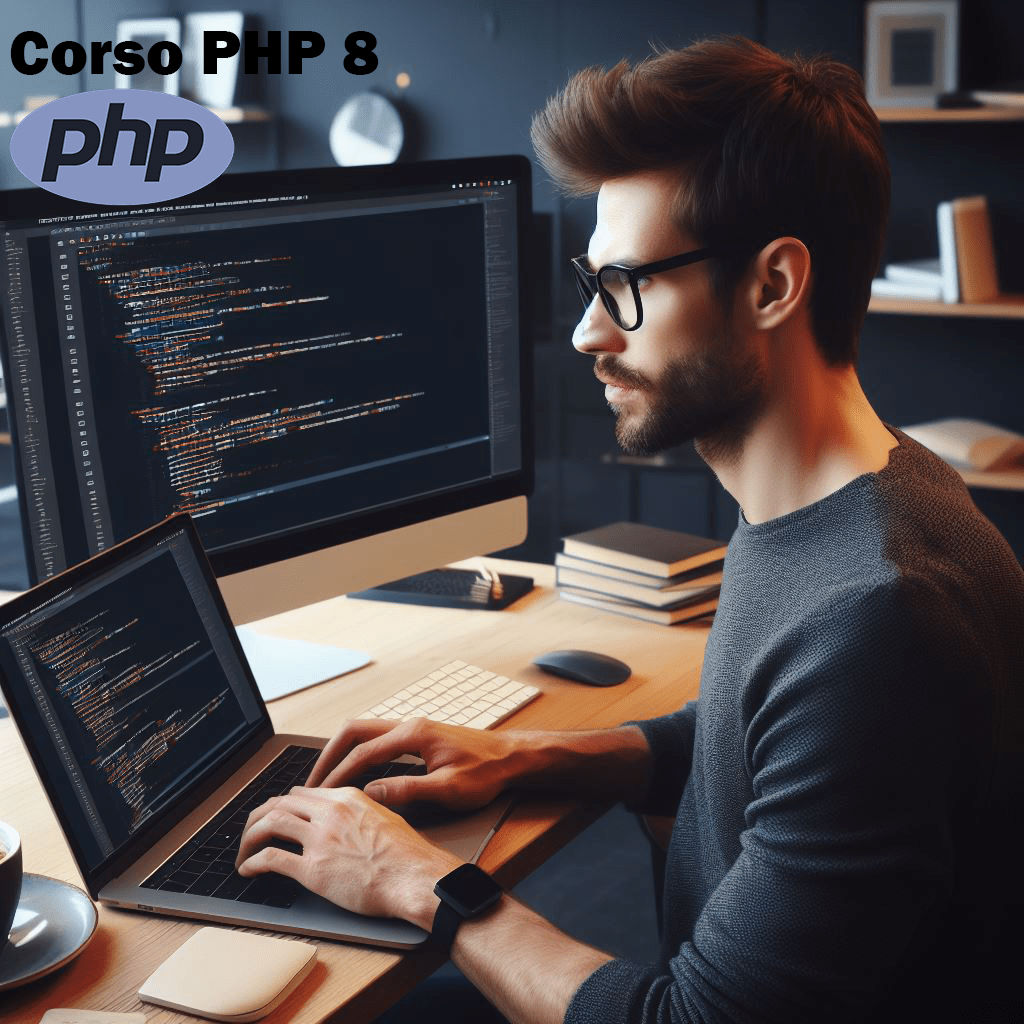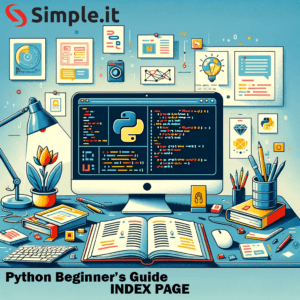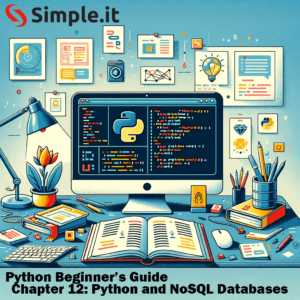Introduction
Welcome to the first lesson of our PHP 8 Free Course! In this lesson, we’ll explore the rich history and significance of PHP in the web development landscape, delve into the exciting new features introduced in PHP 8, and guide you through setting up a development environment to get you started on your PHP programming journey. For a recap of previous lessons or to navigate through the course, visit the PHP 8 Free Course index.
PHP 8 Free Course – Lesson 1: Introduction to PHP 8
History and Significance of PHP
PHP, which stands for Hypertext Preprocessor, is a widely-used open-source scripting language especially suited for web development. It has evolved over the years to become a robust language that powers a significant portion of the web, including popular platforms like WordPress, Joomla, and Drupal. Understanding the history and significance of PHP will provide a solid foundation as you delve deeper into this course.
New Features in PHP 8
PHP 8 comes with a slew of new features and optimizations that make it a powerful upgrade from its predecessors. Some notable features include:
- The JIT (Just In Time) Compiler: A significant performance boost for your applications.
- Named Arguments: Improves code readability by allowing arguments to be passed by name.
- Attributes: Also known as annotations, they provide a way to add metadata to classes.
- Constructor Property Promotion: A shorthand syntax to define class properties.
- Match Expression: A new expression for matching values with greater precision.
- Nullsafe Operator: Allows for null check shorthand to streamline your code.
Each of these features brings a new level of ease and efficiency to coding in PHP, and we will explore them in detail as we progress through this PHP 8 Free Course.
Setting Up the Development Environment
To get started with PHP 8, you’ll need to set up a local development environment. This environment typically includes a server, a database, and PHP itself. Here’s how to set it up:
- Install a Local Server:
- A local server like XAMPP or MAMP will provide you with Apache server and MySQL database which are essential for running PHP scripts locally.
- Install PHP 8:
- If you choose a server solution like XAMPP or MAMP, PHP will be installed automatically. Make sure to select a version that includes PHP 8.
- Setup a Code Editor:
- Install a code editor of your choice. Visual Studio Code or PHPStorm are popular choices among developers.
- Verify PHP Installation:
- To verify that PHP has been installed correctly, open your terminal, type
php -v, and press enter. You should see the PHP version displayed.
- Configure PHP Settings (Optional):
- You may want to adjust some settings in the
php.inifile, like error reporting level or memory limit. Thephp.inifile can be found in thephpfolder of your XAMPP or MAMP installation.
- Install Composer (Optional):
- Composer is a dependency manager for PHP, and while not required, it’s highly recommended for managing libraries and packages in your PHP projects.
- Database Setup:
- Create a new database for practicing PHP and MySQL. You can use phpMyAdmin, which comes with XAMPP and MAMP, to create and manage your databases.
Now, your development environment is ready, and you’re all set to start exploring PHP 8 with our PHP 8 Free Course!
At the end of this lesson, practice setting up your development environment, explore the new features in PHP 8 on your own, and prepare for the upcoming lessons. For more detailed information on the new features in PHP 8, you can visit the official PHP manual.
Ready to dive deeper? Proceed to Lesson 2: Basic Syntax of our PHP 8 Free Course to continue your learning journey!




Pingback: PHP 8 Free Course Index - Simple IT